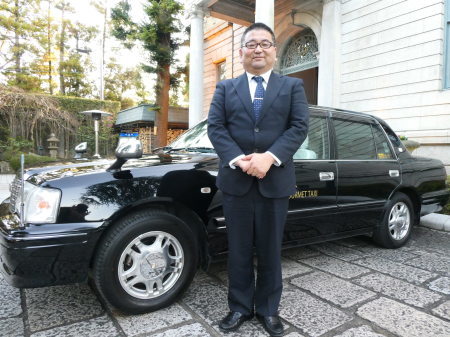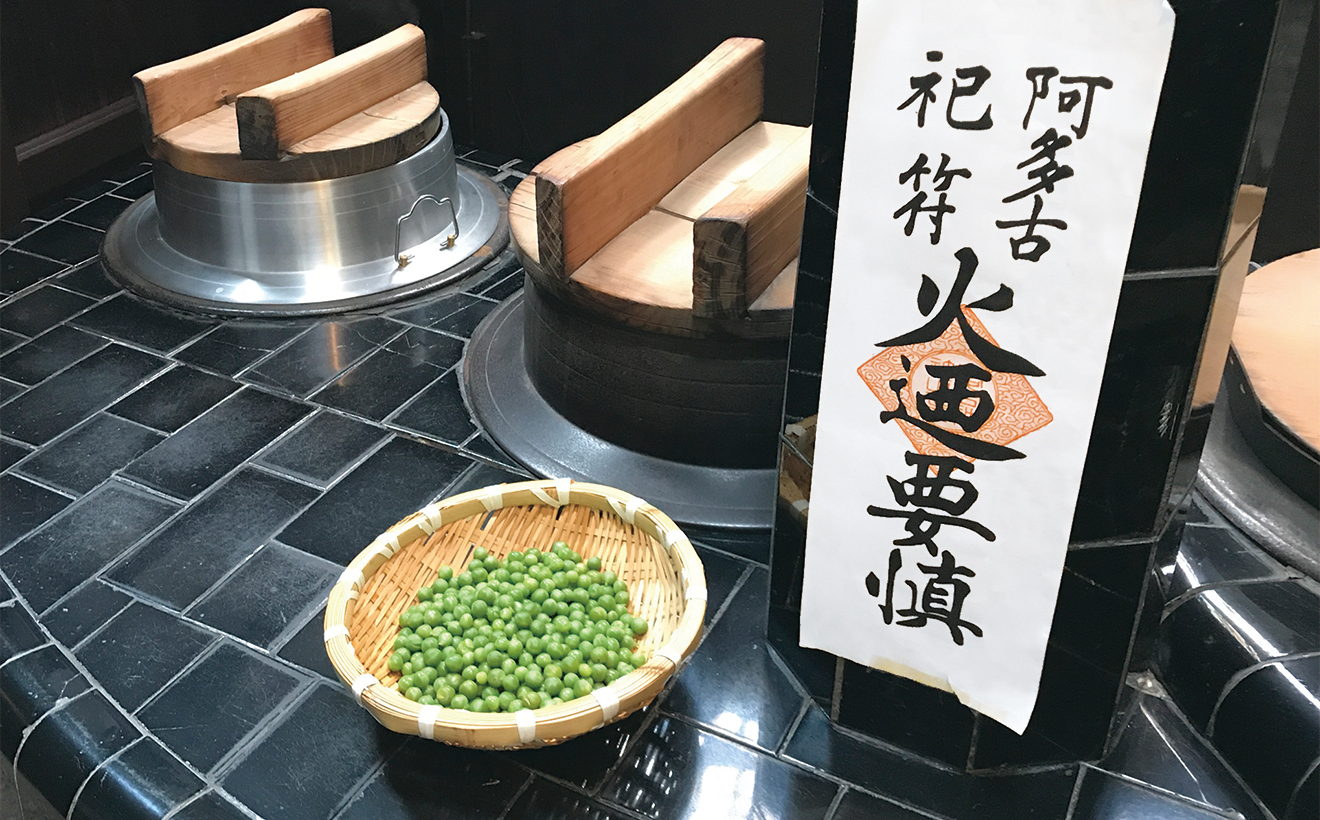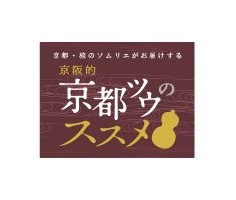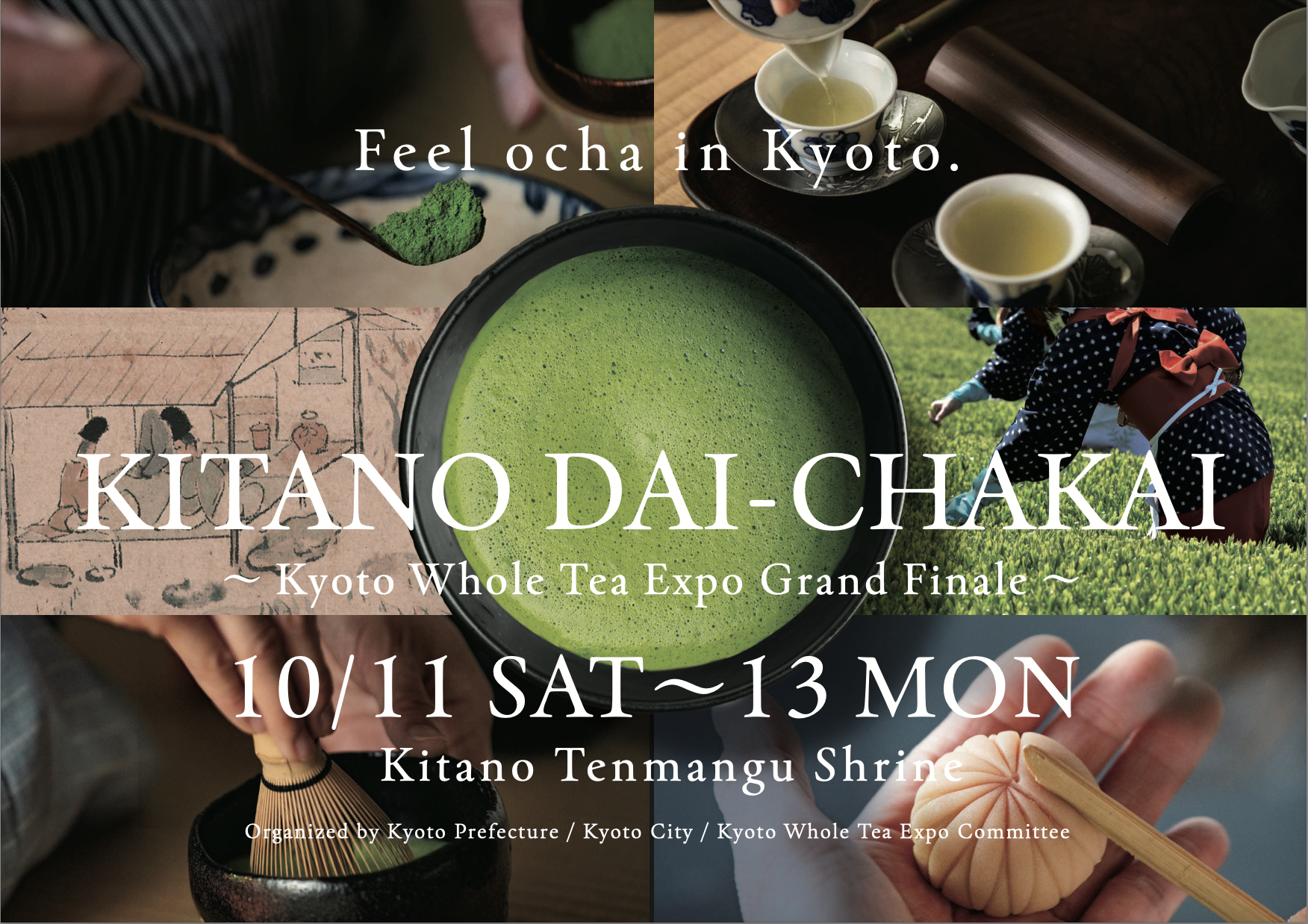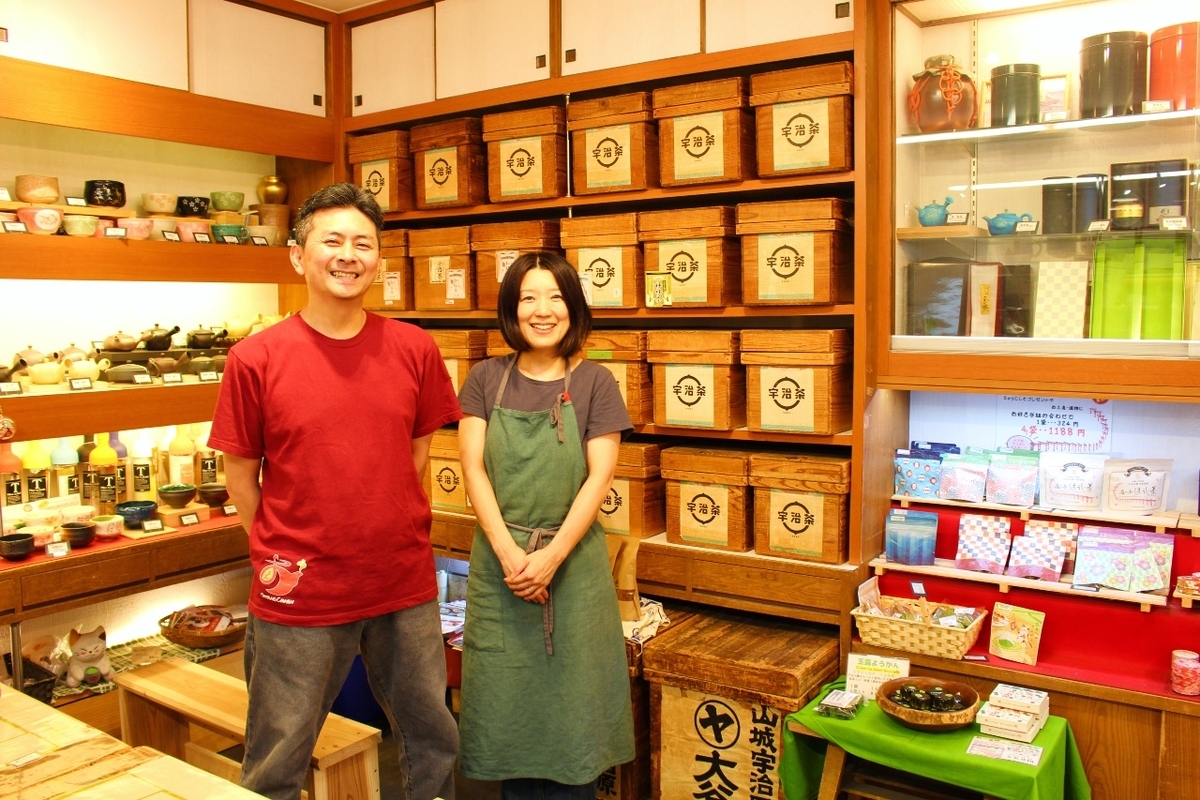
Wondering what your options are for breakfast? Kyoto has many bakeries, as well as Western-style cafés and coffee shops, of course, but it’s another experience to begin your day in the city with some scrumptious local fare. Read on to discover options to start your day Kyoto-style with a breakfast of rice and miso soup in a machiya, a meal in an old café, or head out to discover your own Japanese-style breakfast treat!
Kyoto is always bustling with travelers, so it’s best to get up early in the morning, enjoy your breakfast, and then head out to visit the temples to have them to yourself.
So where should you go for the best Kyoto breakfast?
*Please inquire with each café or restaurant for the most recent information.
Kyoto Station Area
MINOKICHI New Hankyu Hotel Kyoto
With a traditional taste with a history of 300 years, MINOKICHI has locations all across Japan, but it’s here at the Hotel New Hankyu Kyoto that you can enjoy a traditional breakfast rice porridge. Yuba, or tofu skin, is placed atop the porridge, which is served alongside several small dishes and grilled foods, for a deeply satisfying Kyoto-style breakfast with wonderfully gentle flavors.
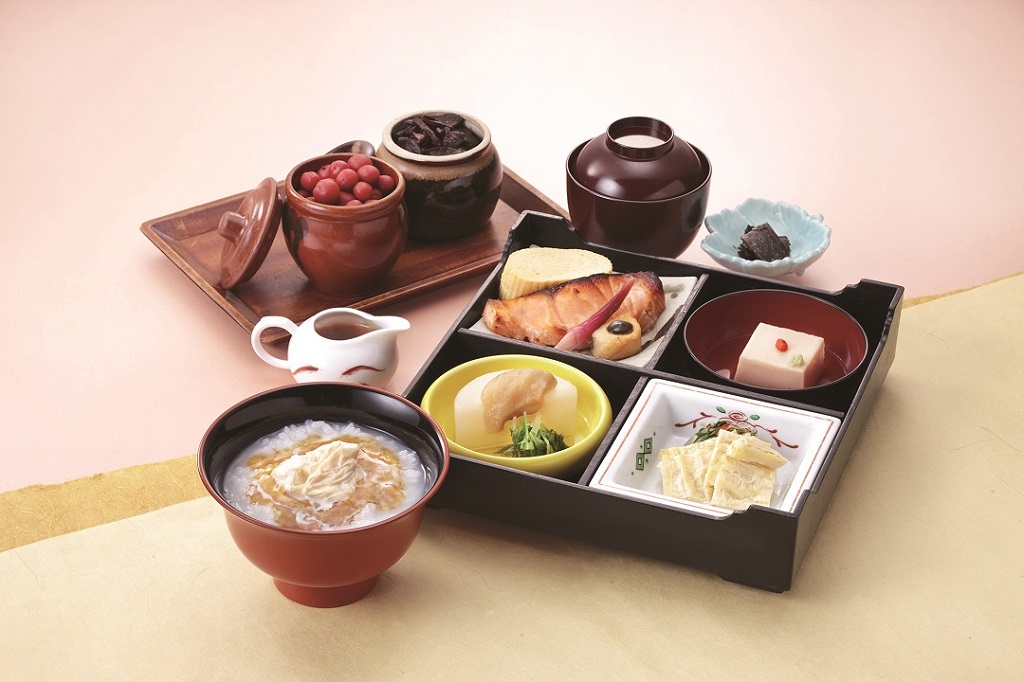 Location: See on Google Maps
Location: See on Google Maps
Nearest Station: JR/Subway Kyoto Station
Website: http://www.japanese-kyoto-cuisine.com/
The Lower East Nine Hostel
This bar and café is located inside a hostel, whose guests from many countries give LE9 its unique international atmosphere. Coffee and Western foods are the main items on the menu. Enjoy the city of Kyoto with a cup of coffee to wake you up in the morning, a light meal to satisfy your hunger, and conversation with people from around the world!
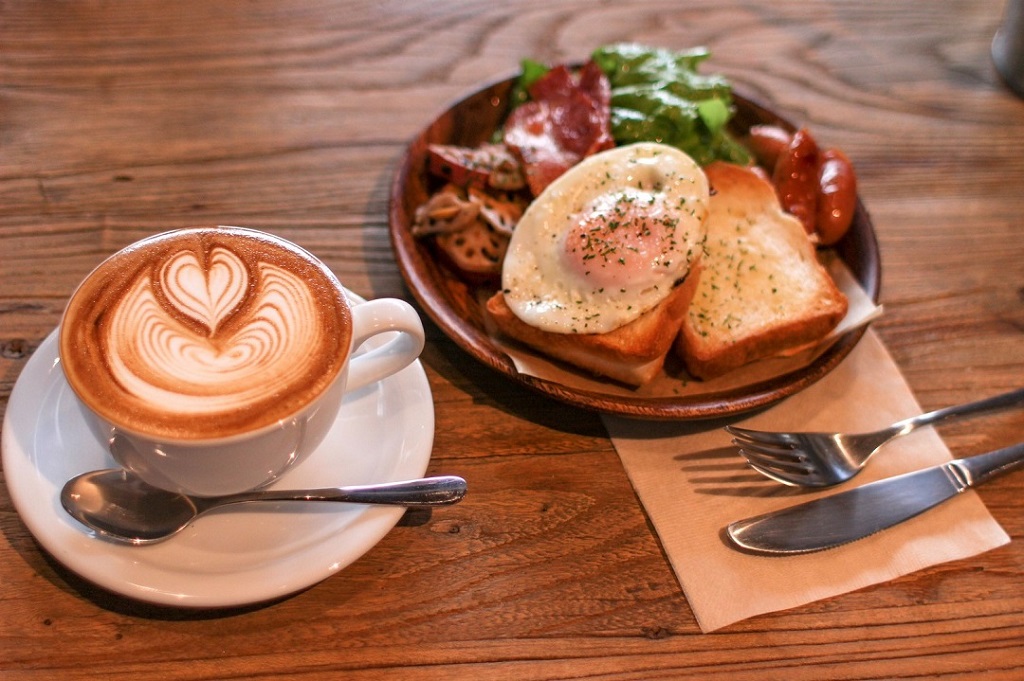 Location: See on Google Maps
Location: See on Google Maps
Nearest Station: Kyoto Station, Subway Kujo Station
Website: https://lowereastnine.com/en/le9-en/cafe
Recommended Kyoto Sights Nearby
Autumn in Kyoto is famous for the red of the maple leaves, but the yellow of the ginkgo leaves around the city are just as beautiful. When looking for ginkgo trees in Kyoto, be sure not to forget Nishi-Hongwan-ji Temple and Higashi-Hongan-ji Temple. The giant ginkgo trees are at their most beautiful when they become golden yellow in autumn, and their fan-shaped leaves cover the ground.
Located close to Kyoto Station, this temple is one of Kyoto’s major sightseeing spots. It is also registered as a Tangible Cultural Property, and its Founder’s Hall (Goei-do) is said to be the largest wooden building in the world. Within the temple grounds, only the Founder’s Hall and the Amida Hall are open to the public, but their interiors are spread with tatami, and are hushed and cool, making a mysterious and calming environment.
Nishi-Hongwan-ji Temple is a 15 minute walk from Higashi-Hongan-ji Temple, and you should begin to see the buildings of Nishi-Hongwan-ji Temple part way through your walk. The temple is registered as a UNESCO World Heritage Site as one of the Historic Monuments of Ancient Kyoto. Almost all of the buildings within the temple grounds, not least of which is the Main Amida Hall, are registered either as National Treasures or Tangible Cultural Properties. Many of the architectural styles are from the Momoyama Period (1573-1603), and much history can be seen in the rich ornamental carving and old buildings.
To-ji Temple’s (Kyo-o-gokoku-ji Temple) five-storied pagoda boasts the title of Japan’s tallest wooden building. Even in Kyoto, a city with many temples, To-ji Temple has a particularly large presence here. In autumn, the maple trees in the temple garden all change color at once, and the sight of the autumn leaves all around the five-storied pagoda is one of Kyoto’s most distinctive.
A flea market is held at To-ji Temple on the 21st of each month, in which over 1,000 open stalls set up shop for the day within the temple grounds, selling antiques, local specialties, ceramics, handmade items, and more.
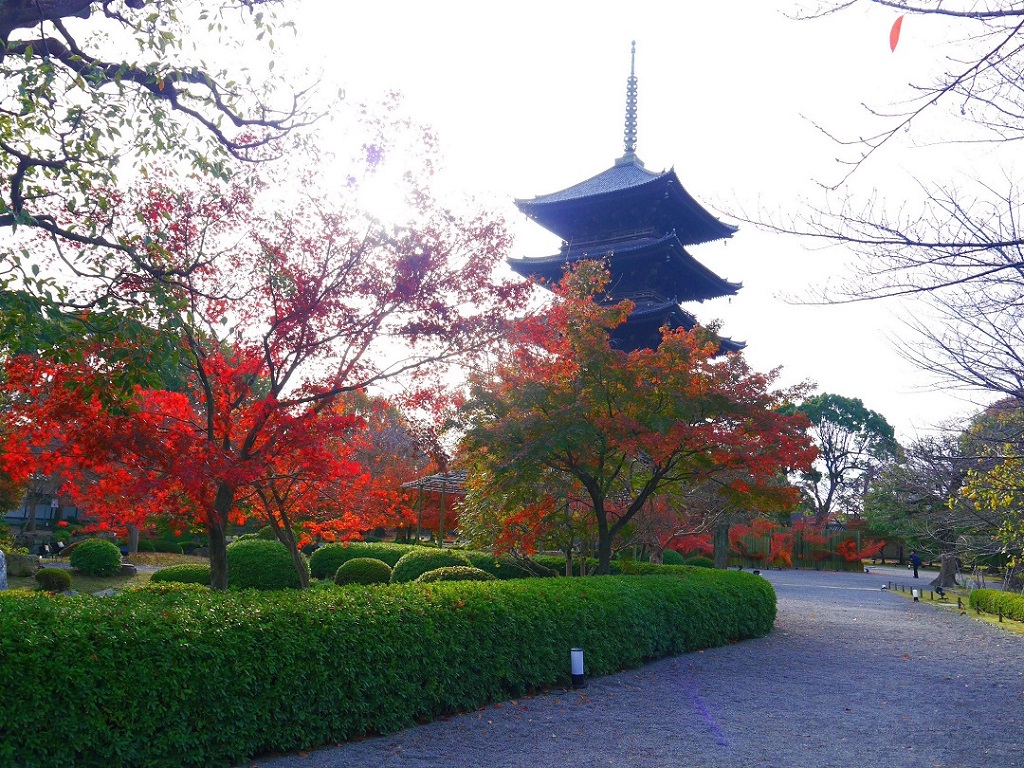
Subway Shijo Station, Hankyu Karasuma Station Area
Kyosaimi Nomura
This shop has a bright, Kyoto-modern feel to it. Kyosaimi Nomura specializes in Kyoto-based special New Year’s food (osechi ryori) and Kyoto’s traditional obanzai cuisine. The menu here changes daily, so visitors can look forward to a different veggie-based obanzai dish every day.
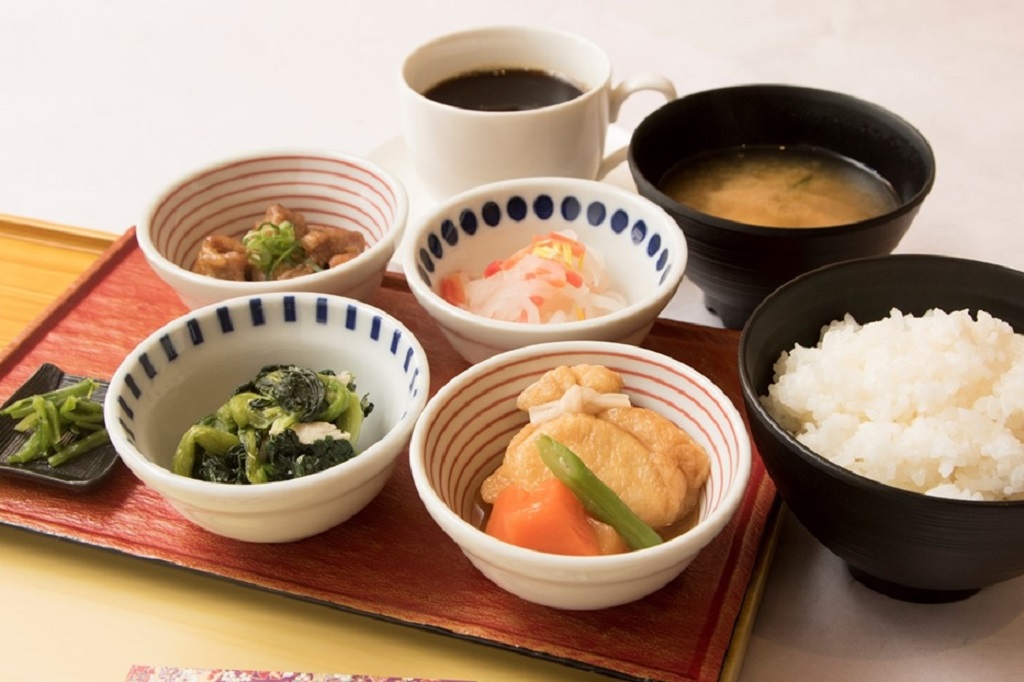 Location: See on Google Maps
Location: See on Google Maps
Nearest Station: Subway Shijo Station, Hankyu Line Karasuma Station
Website: https://www.nomurafoods.jp/(Japanese only)
Subway Karasuma Oike Station Area
INODA COFFEE Main Shop
This café has a long history in Kyoto city, where the retro atmosphere of its interior fills with the scent of coffee. Enjoy a lovely morning with the modern Japanese “Kyoto-style Breakfast,” available only here at the flagship shop.
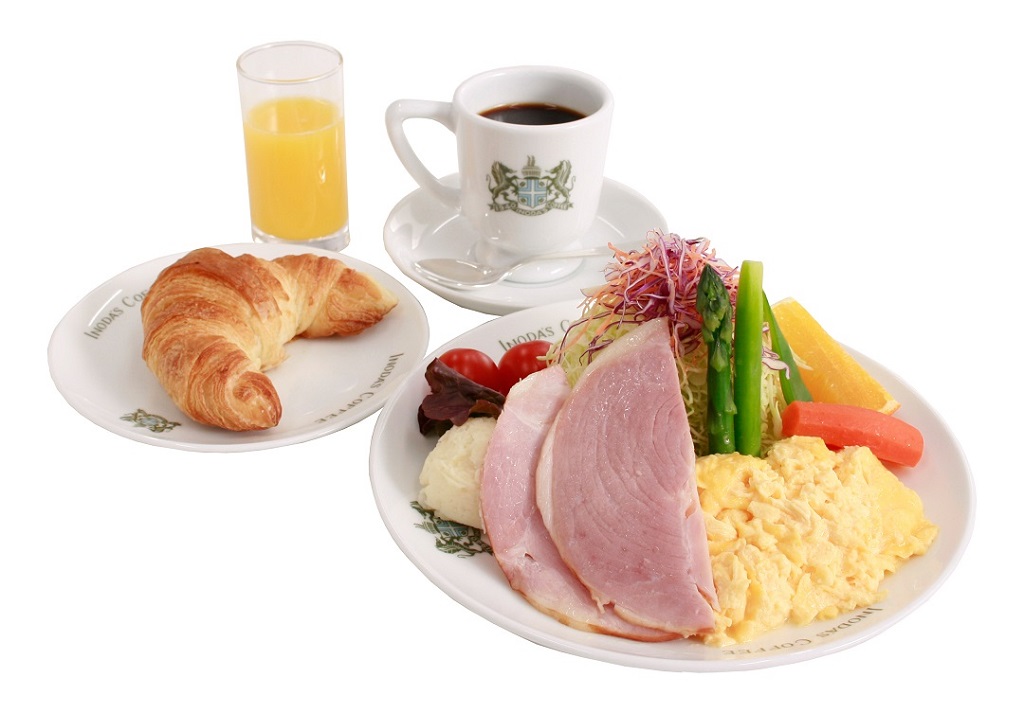 Location: See on Google Maps
Location: See on Google Maps
Nearest Station: Subway Karasuma Oike Station
Website: https://www.inoda-coffee.co.jp/english/
Sentido
Look forward each time to a menu of muffins or sandwich sets, carefully selected to go along with the coffee brewed by baristas with experience overseas.
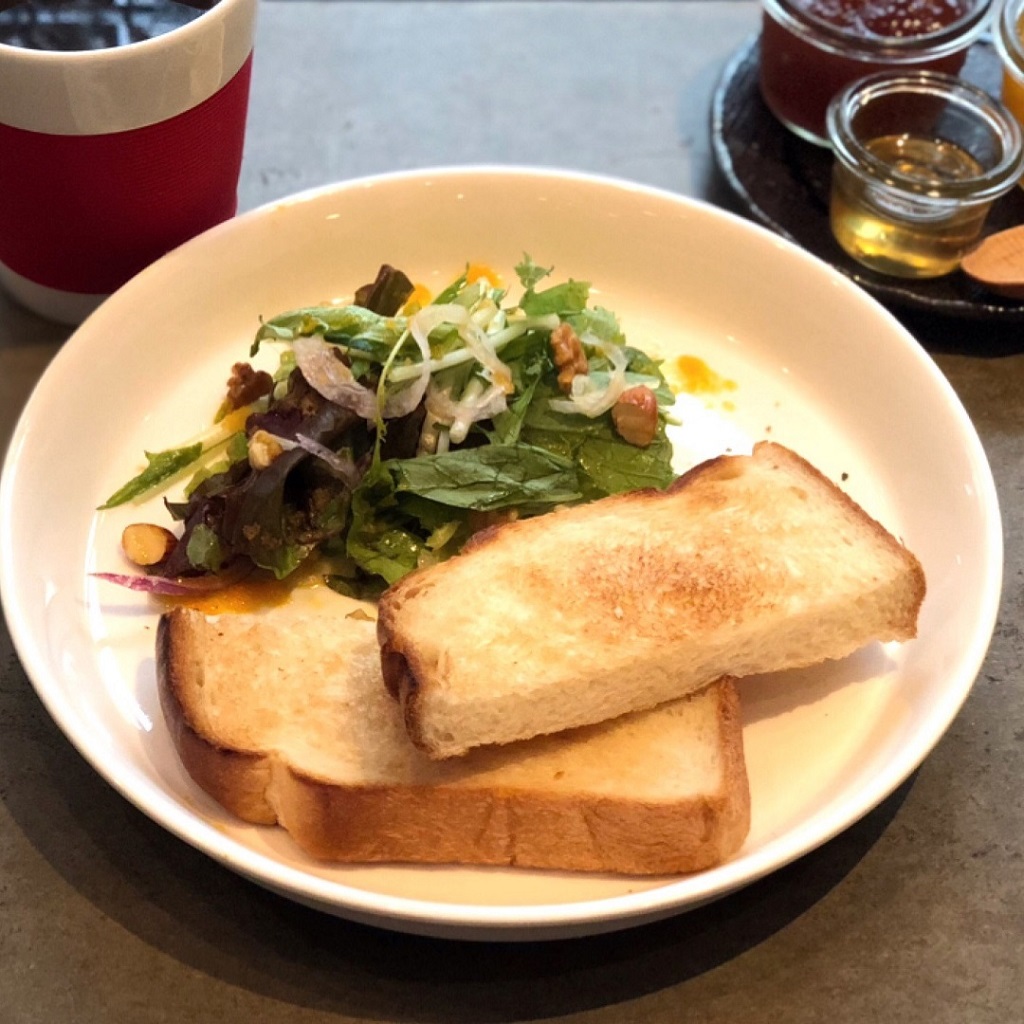 Location: See on Google Maps
Location: See on Google Maps
Nearest Station: Subway Karasuma Oike Station
Website: https://sentidocoffe.theshop.jp/ (Japanese only)
Recommended Kyoto Sights Nearby
Transfer from the Subway Karasuma Line at Karasuma Oike Station to the Tozai Line, and then ride to Nijojo-mae Station. With nearly 400 years since its construction in the Edo Period (1603-1868), Nijo-jo Castle is a registered UNESCO World Heritage Site and one of the Historic Monuments of Ancient Kyoto. The castle is also popular for its cherry blossoms in spring, and events throughout the year, which bring in visitors from across Japan and the world.
The castle opens to visitors at 8:45 in the morning, and if you’d like to enjoy the castle at your own pace, it’s a good idea to get there early! If you’re interested in Nijo-jo Castle’s history, check out a guided tour of the castle
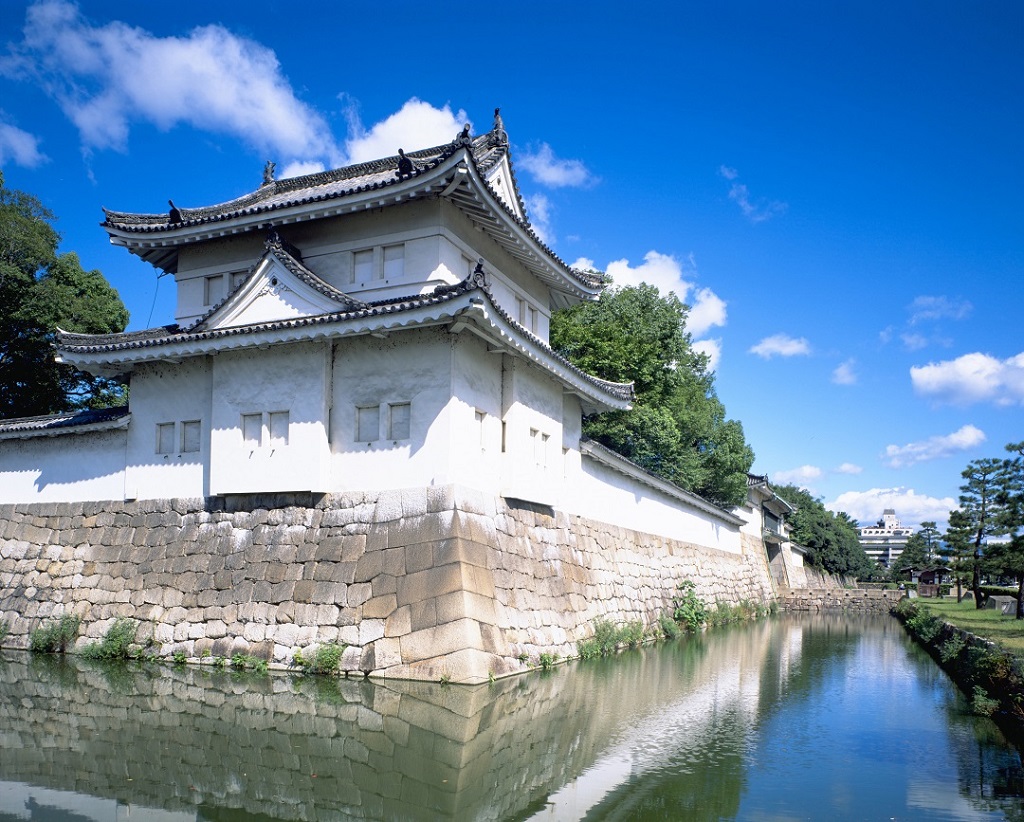
From Karasuma Oike Station on the Subway Karasuma Line, ride to Marutamachi Station and walk 5 minutes. The Kyoto Imperial Palace is a place of great historical importance, as it was the residence of generations of Japanese emperors. Nowadays, the wooded area within Gyoen, Kyoto’s national park, is lush and green, and famous for its weeping cherry trees. The Kyoto Imperial Palace and the Sento Imperial Palace within the Gyoen Park can be visited year-round, either via advance reservation, or by visiting reception on the day of your visit.
Kyoto State Guest House
The Kyoto State Guest House was built to receive dignitaries and distinguished guests from overseas. The building’s stately architecture, with its traditional Japanese gables and sukiya-style construction (which focuses on natural materials and the aesthetics of tea ceremony houses), are built to harmonize with the historical scenery and the Guest House’s natural surroundings.
The building and its furnishings include the works of some of Kyoto’s traditional artisans, including the sukiya architecture, plasterwork, garden design, kirikane foil work, Nishijin-style weaving, maki-e gold powder decorations, lacquerware, and more.

Keihan Sanjo Station, Gion Shijo Station Area
Roji Usagi Machiya Café
What do you picture when you think of a Japanese breakfast? Japanese people may picture freshly-made rice, grilled fish, miso soup, a variety of cute little dishes, and a rolled Japanese-style omelette. Roji Usagi is a café in a refurbished 100 year-old machiya townhouse, serving traditional Japanese breakfasts. Enjoy a meal of fresh vegetables and other ingredients as you relax, looking out on the garden.
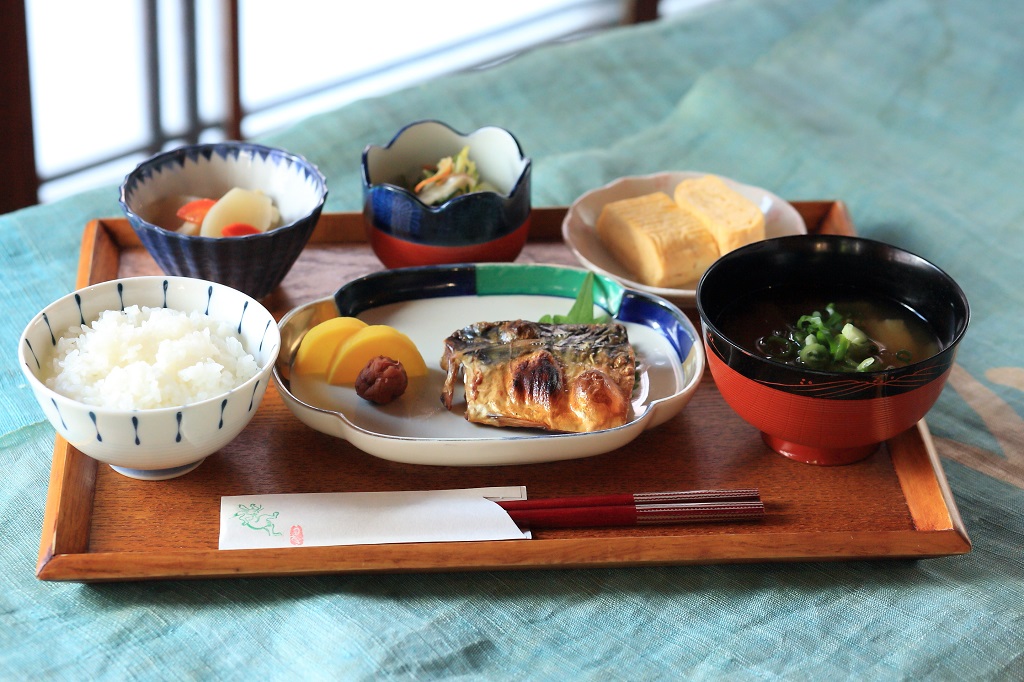
Location: See on Google Maps
Nearest Station: Keihan Gion Shijo Station, Hankyu Kawaramachi Station
Website: https://rojiusagi.com/ (Japanese only)
Recommended Kyoto Sights Nearby
Kiyomizu-dera Temple / Yasaka-jinja Shrine
Kiyomizu-dera Temple and Yasaka-jinja Shrine are both World Heritage Sites, and some of Kyoto’s most famous spots. Because the nearby scenery has been carefully protected, you’ll be able to take in some beautiful Kyoto scenery in this area. The area also has a number of very traditional-looking locations, such as Ninen-zaka and Nene-no-Michi streets. There are many eateries and shops on both sides of the stone-lined street that leads to Kiyomizu-dera Temple, so even the walk to the temple is an interesting stroll.
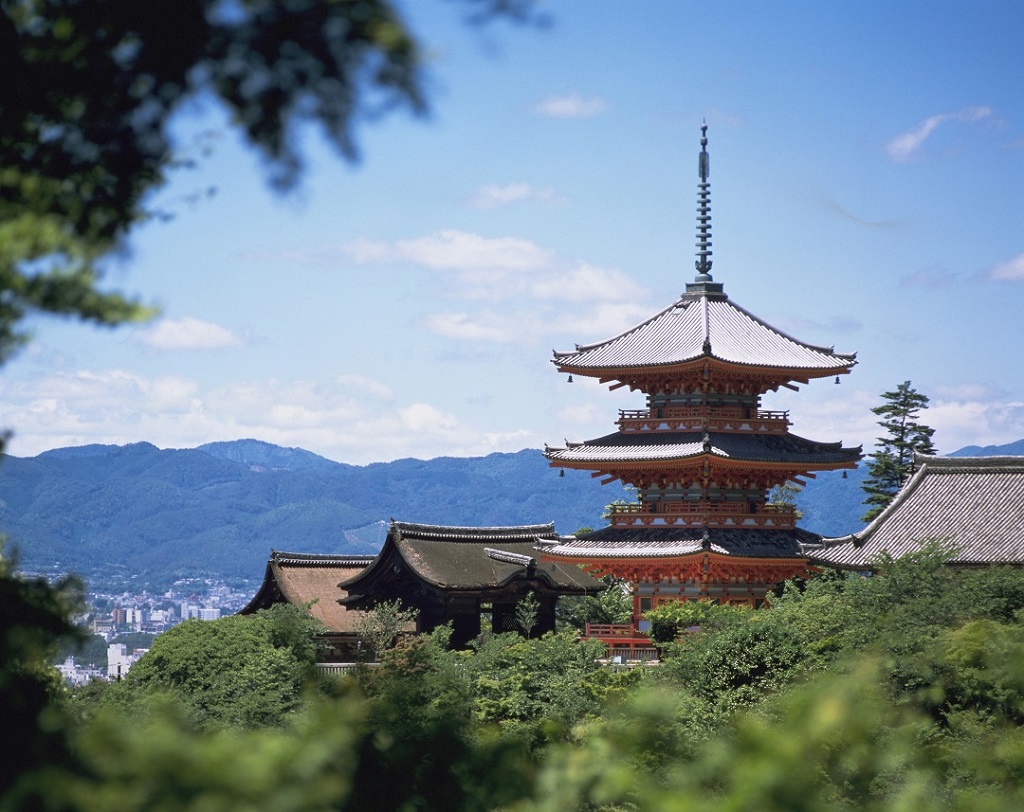

Take a train from Keihan Railway’s Gion Shijo Station, get off at Fushimi Inari Station, and walk five minutes. Fushimi Inari-taisha Shrine is famous for its thousand torii, and these red gates that extend almost endlessly into the distance create some uniquely mystical scenery. It is said the creation of the torii began in the Edo Period (1603-1868).
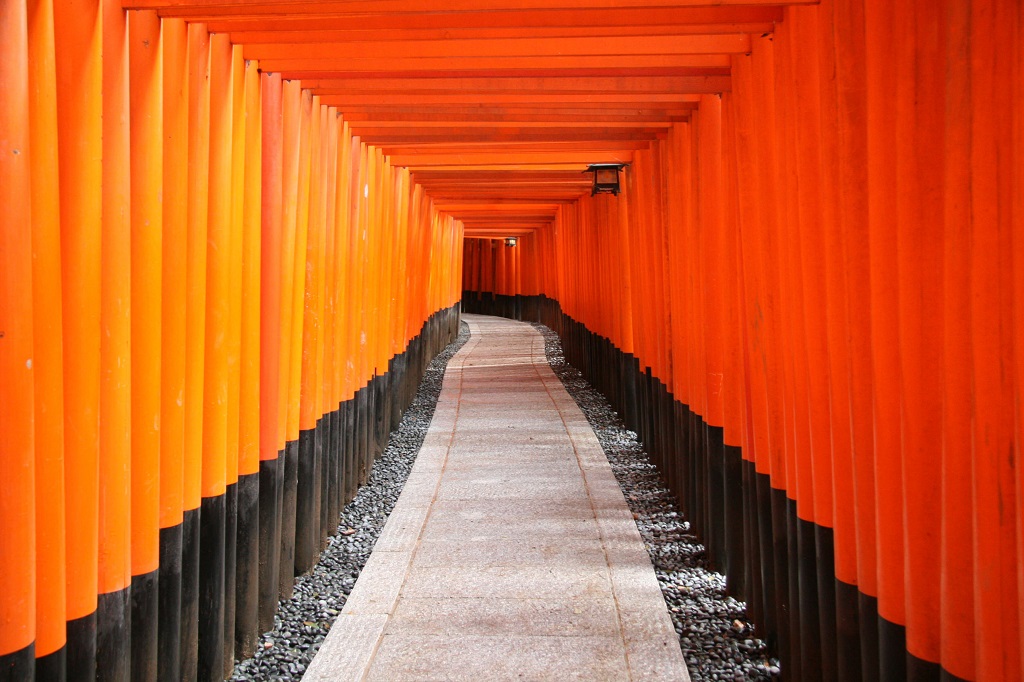
Kyoto Okazaki Area
Hyotei Bekkan
Hyotei Bekkan is a ryotei restaurant with over 400 years of history, and the restaurant is particularly popular for its morning rice porridge. The restaurant’s most famous dish is its Hyotei Egg, and as expected of luxurious ryotei dining, every single dish, served in a small bowl, is rich with flavor. The rice porridge is made with a gently flavored Kyoto-style broth, and slips down with ease in an almost soothing way.

Location: See on Google Maps
Nearest Station: Subway Keage Station
Website: http://hyotei.co.jp/en/
Recommended Kyoto Sights Nearby
Heian-jingu Shrine is the symbol of the Okazaki Area, with its bright rust-red torii gate, and its southern gate decorated in brilliant red and green. Visitors can also enjoy the cherry blossoms that bloom along the Okazaki Canal nearby, where the flowers reflect back on the surface of the water in a beautiful display. The area is also home to a number of other sightseeing and cultural locations, including art museums and Kyoto Okazaki Tsutaya Bookstore.
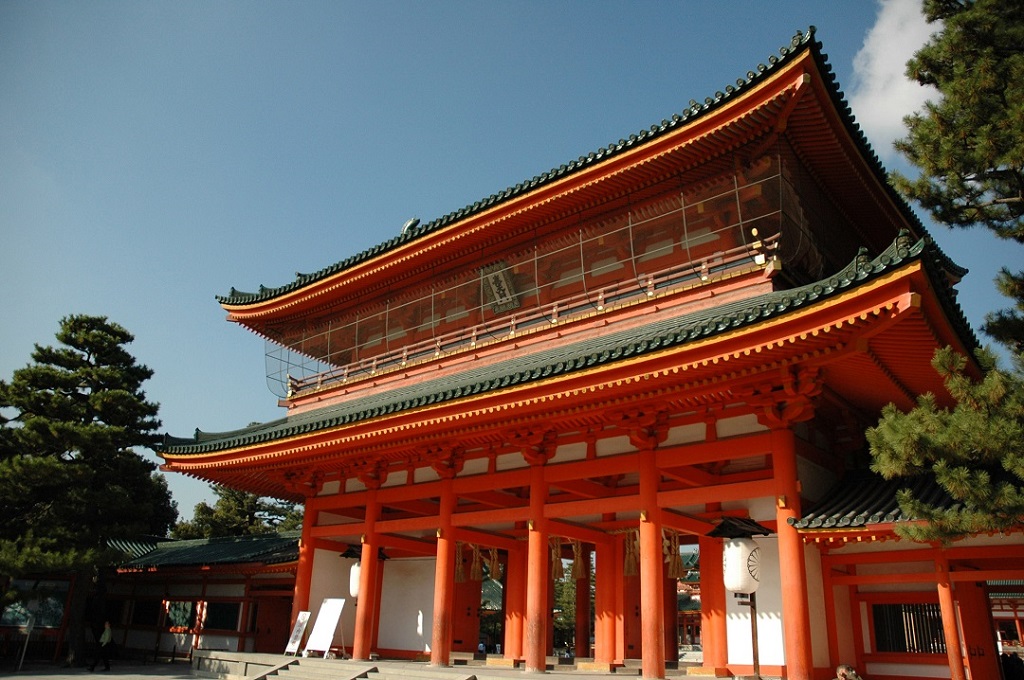
If you leave Hyotei Bekkan and walk a little ways, you’ll come across Nanzen-ji Temple, a spot famous for autumn leaves in Kyoto. The aqueduct that forms a portion of the Okazaki Canal passes through the Nanzen-ji Temple grounds, and the artistic, photographable design of its brick arches makes it a popular subject for Instagram pictures. The garden at Nanzen-ji Temple’s Honbo (former residence of the head priest) is made of white sand, and features a very zen aesthetic with trees and moss before a mud wall, and a rock garden. The temple scenery is beautiful and soothing, and is likely to make you want to sit for as long as you can in a relaxing daze.

Guided Kyoto City Tours
Walk famous locations or historical streets together with a guide! On one of these tours, you’ll be able to go one layer deeper, and discover the hidden wonders of Kyoto.
*Guided tours are conducted mostly in English, but visitors may also take advantage of private guides in the case of other languages as well.
Last updated: 5/12/2025

